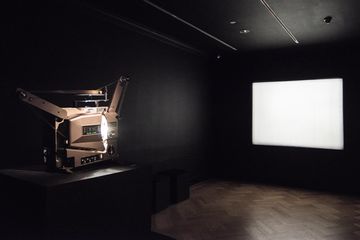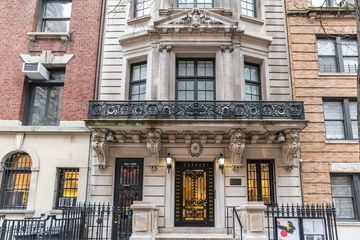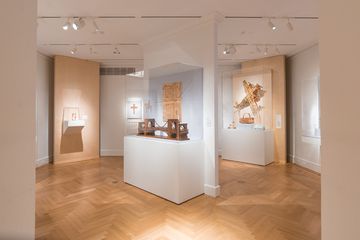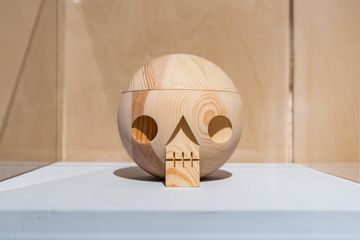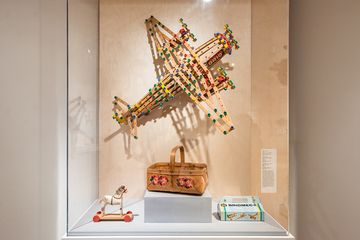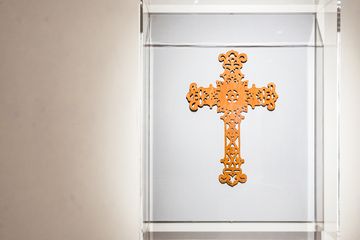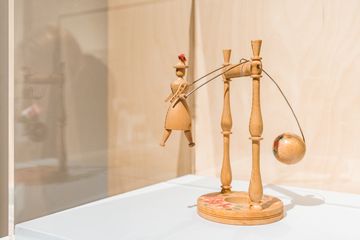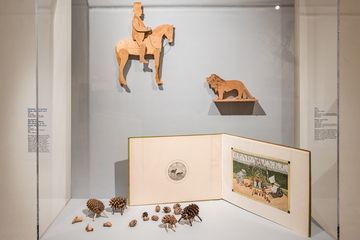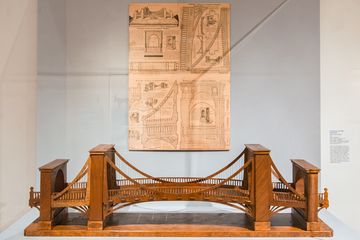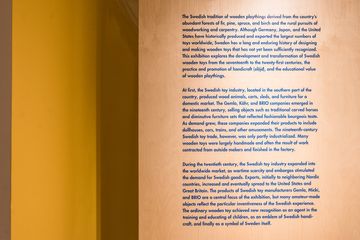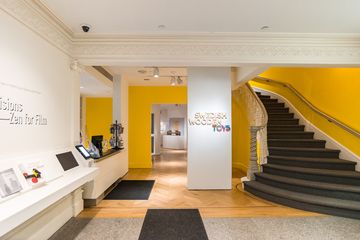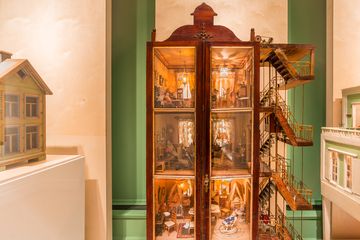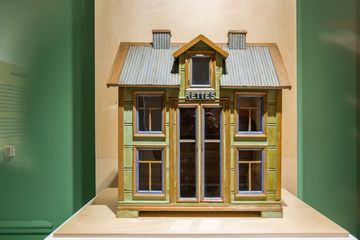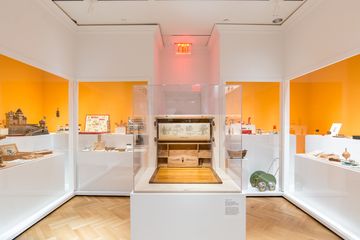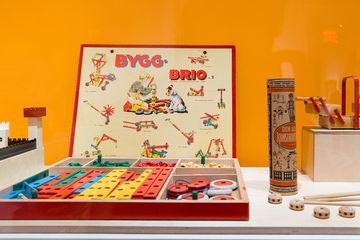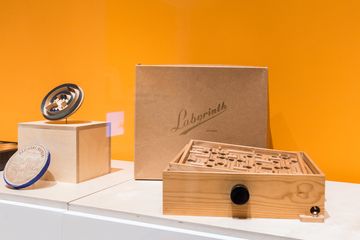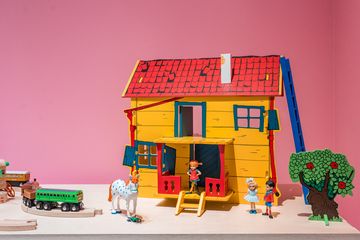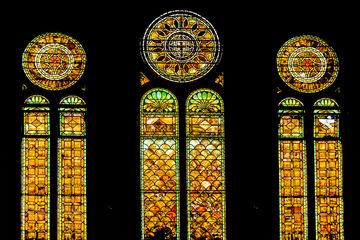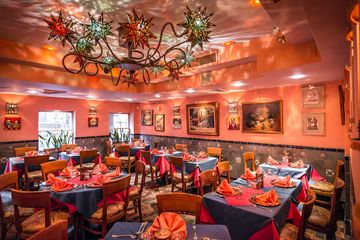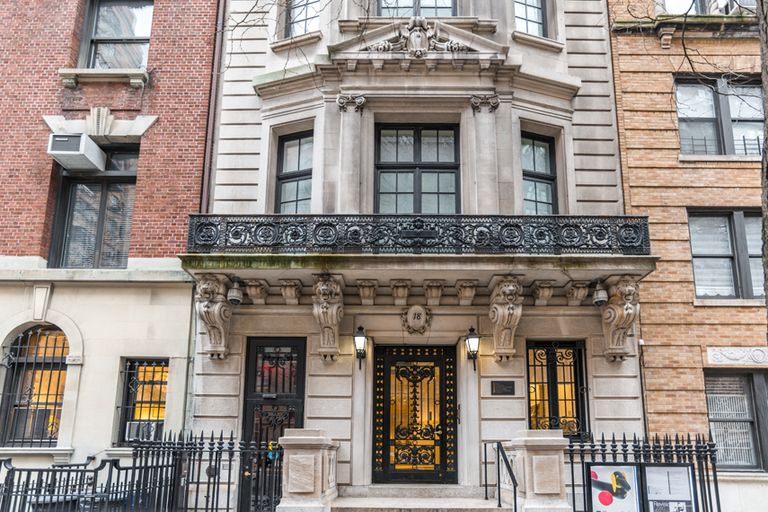
When Susan Weber, an American historian, came across the six-story townhouse at 18 West 86th, she knew that she had to do something extraordinary with it. Though Susan received an art history degree from Barnard College, in 1993, she chose to establish the Bard Graduate Center, where advanced students can study humanity's past through the materials it leaves behind. The Center, which is affiliated with Bard College in Annandale-on-Hudson, New York, is one of only three schools where someone can receive an advanced degree in decorative arts. The degree also focuses on Design History and Material Culture. The program has an excellent reputation for students who wish to pursue a career in a museum.
Hollis Barnhart, the Communications Manager for the Center and Gallery spoke to me about the Gallery as "a way of opening something to the public." The gallery had its first exhibit in October of 1993, called Along the Royal Road: Berlin and Potsdam in KPM Porcelain and Painting, 1815-1848. Since then, the gallery has hosted countless exhibits that, in Hollis' words, "study the things that people have used from antiquity to now." The exhibits have spanned a wide range of topics from Central European cast iron and English silver to Swedish glass and Indian jewelry. Hollis was proud that the gallery exhibitions can feature everything from “caveman spoons to gold pieces.”
The gallery does not have a permanent collection, and so items are often borrowed from museums and collections from around the world, including the Metropolitan Museum of Art and the American Museum of Natural History. Gallery displays have included many exhibits in collaboration with the Victoria and Albert Museum in London and the Musée des Arts Décoratifs in Paris. One of the gallery’s most popular shows was a collection of hats curated by Stephen Jones, a famous British milliner. Since 1996, the gallery has worked with Yale University Press to print beautiful catalogues that accompany each exhibition.
Though graduate students occasionally have a hand in designing the main exhibitions, they are very hands-on when it comes to the smaller exhibits, called "Focus Projects." These are curated displays that mark the culmination of a workshop or seminar. They function both as final projects for students and additional learning opportunities for guests. When I visited the gallery, the graduate students were preparing a collection of materials that demonstrated how the indigenous people of Oceania in the Pacific displayed and adapted their identity in the face of colonial powers.
The main exhibition fascinated me: it was an in-depth look at the history of wooden toys from Sweden. The toys dated back to the 1600s and included everything from little planes to detailed doll-houses. The show explored how the toys underscored Sweden's reliance on their expansive forests and how wooden toys are respected throughout the world. As Hollis explained, many of the exhibits tend to have "An international flavor."
